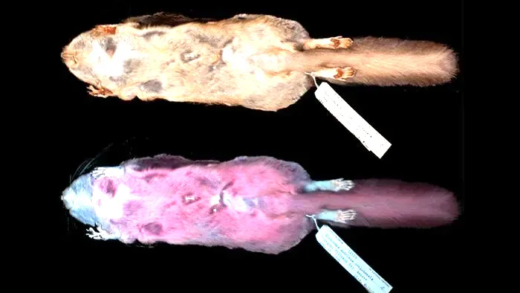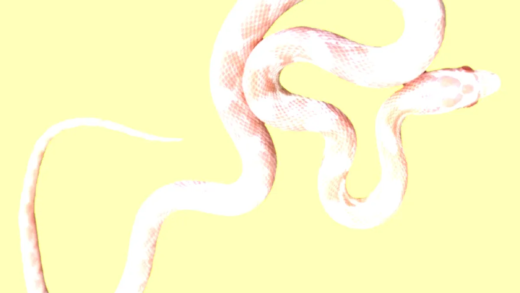Cat whiskers are made of keratin and serve as essential sensory tools for navigation and hunting. Losing whiskers can lead to significant challenges, including impaired spatial awareness, difficulties in hunting, and changes in behavior and balance. These factors can affect a cat’s overall well-being and mental health.
What Are Cat Whiskers Made Of?
Cat whiskers, also known as vibrissae, are fascinating sensory tools that play a vital role in a cat’s life. Made primarily of a protein called keratin, which is the same material found in human hair and nails, these whiskers are much thicker and stiffer than regular fur. Each whisker is embedded deep in the cat’s skin, surrounded by a rich supply of nerves and blood vessels that make them highly sensitive to touch and movement.
The structure of cat whiskers allows them to detect even the slightest changes in their environment. When a cat approaches an object, its whiskers can sense the width and shape of that object, providing crucial information about whether the cat can fit through a narrow space or if it needs to alter its path. This ability is particularly important for hunting and navigating through complex environments.
Whiskers are not just limited to the face; cats also have them above their eyes, on their chin, and even on the back of their front legs. These additional whiskers help cats gauge distances and navigate their surroundings more effectively.
In summary, cat whiskers are composed of keratin and serve as essential sensory instruments. Their unique structure and sensitivity help cats interact with their environment, making them better hunters and navigators.
How Do Cats Use Their Whiskers to Navigate?
Cat whiskers are essential tools for navigation, allowing cats to gauge their surroundings effectively. These sensitive hairs help cats understand their environment in various ways. First, they provide spatial awareness. When a cat approaches an object, its whiskers detect the width and shape, helping it determine whether it can squeeze through tight spaces.
Additionally, whiskers serve as a radar system. They can pick up vibrations and changes in air currents, alerting cats to the presence of nearby objects or even potential prey. This ability is particularly useful in low-light conditions, where visibility is limited.
- Whiskers help assess the size of openings and pathways.
- They assist in avoiding obstacles during movement.
- Whiskers can indicate the cat’s mood, as a relaxed or tense position can signal comfort or stress.
Moreover, cats have specialized whiskers above their eyes, which help protect their eyes from potential hazards. These whiskers act like a barrier, alerting the cat before it encounters something that could harm its vision. By using their whiskers, cats become more adept at navigating complex environments, ensuring their safety and enhancing their hunting skills.
In conclusion, cat whiskers play a critical role in navigation. They not only assist in understanding the physical space around them but also enhance the overall hunting experience. Without these remarkable tools, cats would struggle to interact with their environment effectively.
What Happens If a Cat Loses Its Whiskers?
Cat whiskers, or vibrissae, are not just cute facial features; they are crucial for a cat’s daily functioning. Losing whiskers can significantly impact a cat’s behavior and overall well-being. When a cat loses its whiskers, it can face a variety of challenges that affect its ability to navigate its environment.
First and foremost, whiskers are essential for spatial awareness. Without them, cats may struggle to judge distances and sizes of openings. This can lead to accidents, such as getting stuck in tight spaces or bumping into objects they would typically avoid. Cats rely on their whiskers to gauge whether they can fit through a doorway or navigate around furniture.
Additionally, the loss of whiskers can affect a cat’s hunting abilities. Whiskers help detect vibrations and changes in air currents, which are vital for sensing nearby prey. A cat without whiskers may find it difficult to hunt effectively, leading to frustration and potential weight loss if it cannot catch food.
- Behavioral changes: A cat that has lost its whiskers may exhibit signs of anxiety or stress. It may become more cautious and hesitant in its movements, as it lacks the sensory feedback that whiskers provide.
- Impaired balance: Whiskers contribute to a cat’s balance, and losing them can result in coordination issues. Cats may appear clumsier and less agile without their whiskers.
- Overall well-being: The inability to navigate effectively can lead to a decline in a cat’s mental health. Frustration from not being able to move freely or hunt properly can result in behavioral issues, such as increased aggression or withdrawal.
In conclusion, losing whiskers can have serious consequences for a cat. It affects their ability to navigate, hunt, and maintain a sense of balance. For the overall health and happiness of a cat, it is essential to protect its whiskers and ensure they remain intact.





Comments are closed.